|
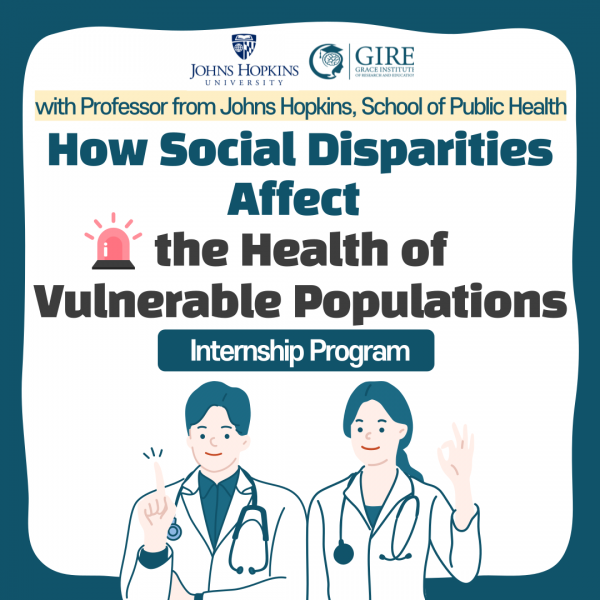
Hi, this is GIRE!
According to Healthy People 2030, building a more equitable healthcare system starts with "valuing all people equally through focused and sustained societal efforts to address avoidable inequities, historical and contemporary injustices, and social determinants of health and eliminate disparities in health and health care."
Despite the United States being a democratic society with a diverse population, disparities exist in the healthcare system. For example, African Americans have higher rates of heart disease, Hispanics have increased diabetes complications, and veterans, lesbian, gay, bisexual, and transgender people have higher rates of suicide. We need to discuss health policy and the "right to health" based on these social injustices and inequalities for an equitable society.

At GIRE, we are supporting a research consulting program with a professor at the Johns Hopkins School of Public Health in the US on how to improve the well-being of vulnerable populations and how social disparities are violating the right to health.

[Population Health vs. Public Health]
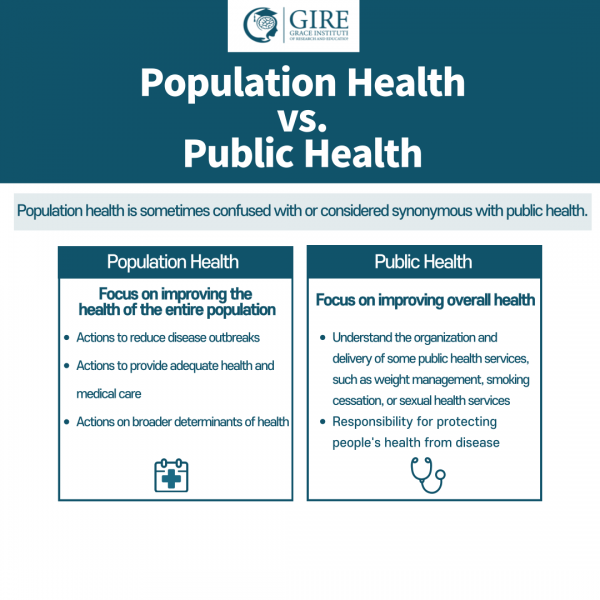
Population health is sometimes confused with or considered synonymous with public health.
Population health is an approach that aims to improve the health of the entire population. It is about improving the physical and mental health and well-being of people within and across a defined geographic or national population while reducing health inequalities. It includes actions to reduce the occurrence of disease, actions to provide adequate health and healthcare services, and actions to address the broader determinants of health. Population health focuses on reducing health inequalities and improving overall health. Public health agencies and local public health directors are responsible for understanding the needs of the population and the organization and delivery of some public health services, such as weight management, smoking cessation, or sexual health services, and for protecting people's health from disease. The role of a public health officer is very important, but there is often a misconception that the health and well-being of the population is only the responsibility of public health professionals. The reality is that the health of the population requires input into the public health team's approach to health from numerous partner organizations, including the NHS, communities, local authorities, and political leaders.
[Health inequality in the United States]
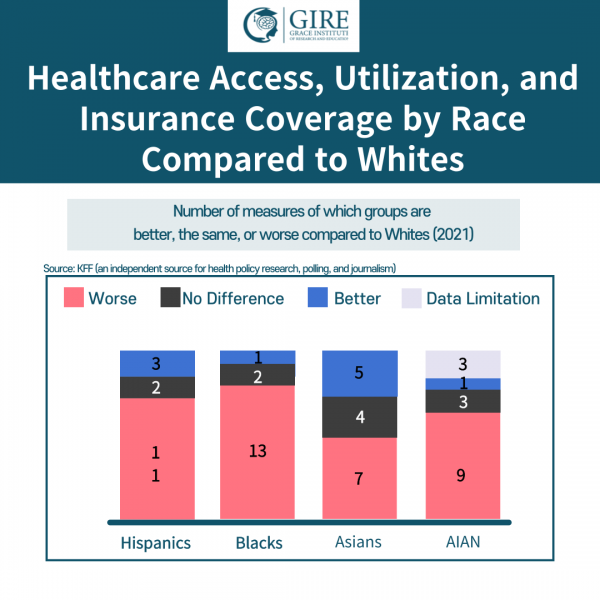
Healthcare in the United States is characterized by enormous health disparities due to a variety of factors, including insurance status, income, race, culture, language, geography, socioeconomics, and education. The highly vulnerable population, categorized as people with complex medical problems and/or social needs, is one of the fastest-growing segments in the United States. Vulnerable populations include racial minorities with chronic diseases and complex chronic comorbidities.
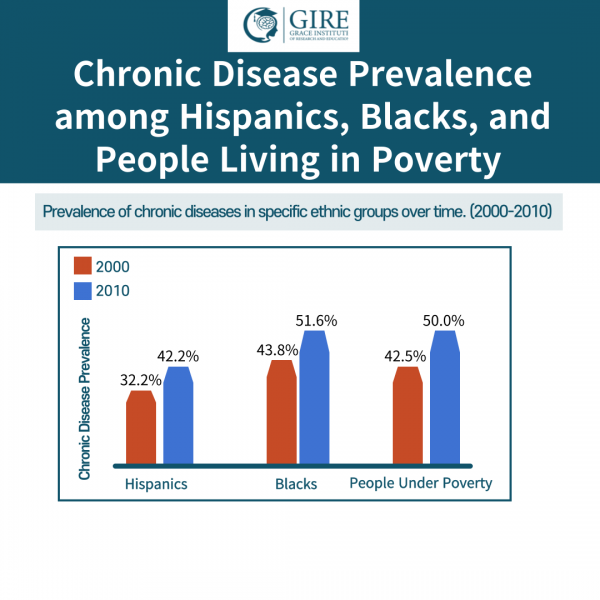
Between 2000 and 2010, the prevalence of chronic disease comorbidity increased significantly among Hispanics (32.2 to 42.2%) and blacks (43.8 to 51.6%) aged 65 and older, and among those aged 65 and older and below the Federal Poverty Level (FPL) (42.5 to 50.0%). To address the needs of these patient populations, healthcare workers must understand the social determinants of health and utilize a comprehensive definition that includes biological, social, and psychological dimensions.
[5 Groups of Vulnerable Population]
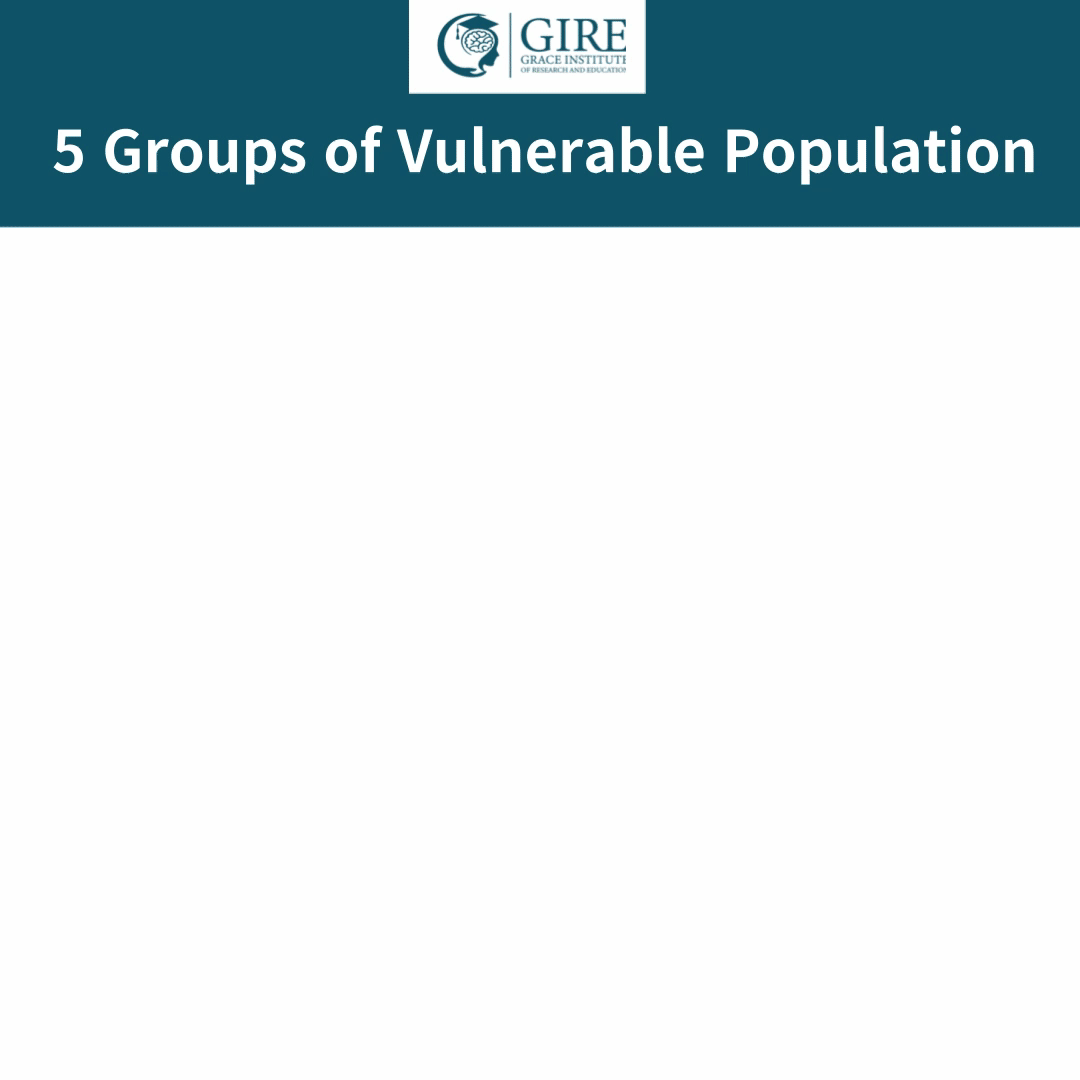
1. Chronically ill and disabled: People with chronic conditions have poorer health outcomes and spend more on healthcare than healthy people.
2. Low-income and homeless: These populations are less likely to receive regular care and more likely to forgo care. 3. Certain geographic communities: Americans living in rural areas often have poorer health outcomes than the general population. American Indians and Alaska Natives have a lower life expectancy than other Americans (5.5 years less than the population of all races). 4. LGBTQ+ populations: Nearly 1 in 5 members of the LGBTQ community have avoided seeking healthcare because they have faced or fear facing discrimination. 5. Pediatric and older adults: The American Public Health Association (The American Public Health Association lacks adequate pediatric research and medical interventions targeting pediatric populations medical interventions for pediatric populations. Similarly, the elderly are more vulnerable to health problems because they have lower immunity and diseases, making them more vulnerable to health issues.
[The role of public health professionals]

Public health professionals need a basic understanding of how social determinants of health, such as education, income, accumulated wealth, social and physical characteristics of neighborhoods, and race and other forms of discrimination, can shape health disparities through a variety of pathways and biological mechanisms. They also need to work with local, regional, and national policymakers to provide input on policy solutions to improve health, especially among vulnerable populations and ethnic minorities.
In addition,
1) raising social awareness about health
2) monitoring community health
3) identifying health problems prevalent in the immediate community
4) providing educational programs
5) designing healthcare delivery systems
6) developing policies and regulations
7) conducting community outreach programs
8) conducting research to find cures for serious diseases
9) identifying potential threats to community health
10) providing counseling to the needy These are the roles of this public health professional.
[Health Inequality Research: Prof. Michelle R. Kaufman]
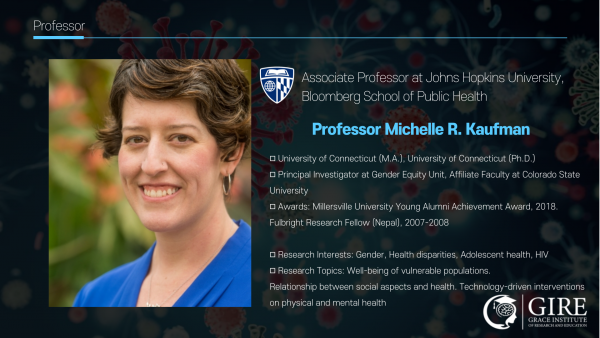
GIRE is supporting a research experience with Professor Michelle R. Kaufman at Johns Hopkins University to understand the relationship between social determinants and health and to delve deeper into social and medical solutions to address the problem through technology-driven interventions.
▶Research interests: #gender #health disparities #adolescent health #HIV #substance use #mental health #interpersonal violence ▶Recommended Students: Students who are interested in learning about medical treatments and pioneering social structures that can help vulnerable populations. Students interested in addressing the health consequences of social disparities.
These are the current research topics Michelle is working on.
▶A nationwide mobile phone survey for tobacco use in Tanzania: Sample quality and representativeness compared to a household survey (2024) ▶The formation and benefits of natural mentoring for African American sexual and gender minority adolescents: A qualitative study (2024) ▶The promise and pitfalls of “structural stigma” as a concept in empirical health-related research: A scoping review (2023) With GIRE, high school students receive direct support from consultants and conduct unprecedented research in research areas they are curious about, acquiring specialized knowledge, discovering new facts, and considering ways to utilize the research results. |
 Click here to book
Click here to book